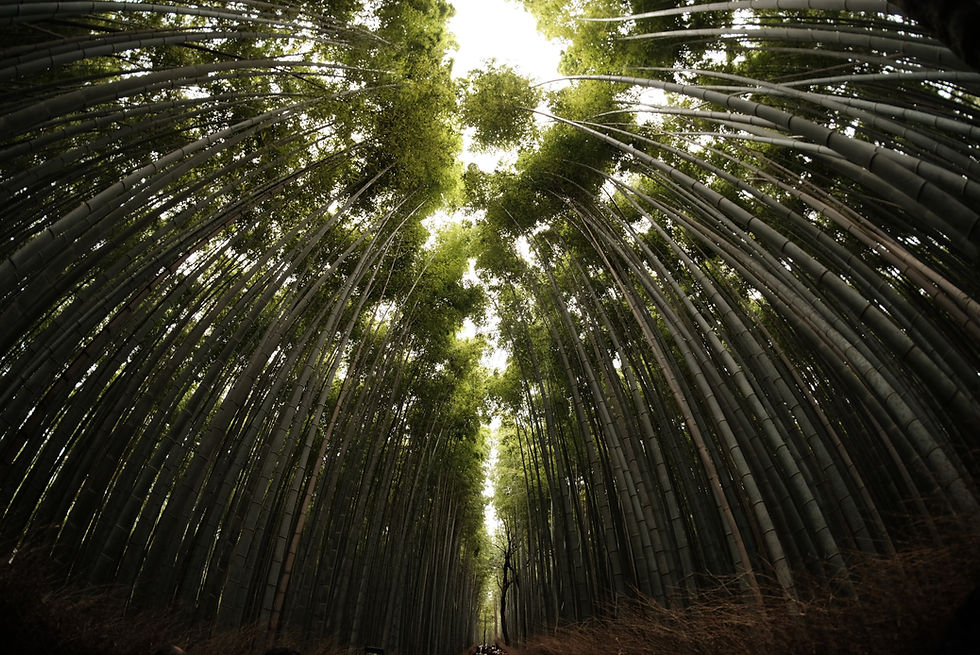Debunking Bamboo Myths
Updated: Sep 2, 2021
From ‘miracle plant’, to ‘green gold’, to simply panda food, there are a number of different conceptions surrounding bamboo. With so much information circulating about this fast-growing plant, there is also the occasional myth that runs alongside it. Here we debunk 3 myths about bamboo that might surprise you!
1. Bamboo’s fast growth depletes soil and forests
Quite the contrary! Bamboo is often used to revive poor soil and degraded lands. Bamboo’s extensive root system makes it very tough and binds soil particles together, helping to reduce soil erosion and control floods and landslides.
Thanks to its fast growth - of up to 1 metre per day for some species! - bamboo can be harvested every few years and can help revive deeply devastated land in a short space of time. Its growth dynamics and the rooting system gives it great potential for land restoration projects, with a number of countries- including India, China, the Philippines and Kenya - increasingly turning towards the plant as a strategic intervention for reforestation.
2. Bamboo isn’t very strong
Though often underestimated due to its lightweight and ability to bend easily, you might be surprised to find out that bamboo is actually two to three times stronger than timber. It even has a stronger tensile strength than steel and is often referred to as ‘vegetable steel’ in South America.
Yet despite its strength, it’s far more flexible and malleable than either of the above materials. Its strength and durability, combined with its renewable quality, makes it a brilliant resource for building materials. In fact, Bamboo is used for anything from flooring to furniture, to even scaffolding in skyscrapers.
3. The mass production of bamboo is endangering pandas
Some worry about the future of pandas with the increasing industrialisation of bamboo. Between the panda’s vulnerability to extinction and the fact that 99% of its diet relies on bamboo - with a hefty 26 to 84 pounds of it being consumed by a panda per day - we can understand where the concern stems from!
But rest assured that, due to the difference in the height of the branches and leaves on the bamboo stem, the variety of bamboo that pandas depend on as their food source is not the same species that is usually used for engineered bamboo products. Wild pandas today are also located in remote, mountainous regions in central China, whereas the bamboo used for industrialization is mainly found in Eastern China.
So there you have it - we’ve set the record straight to a few of the classic bamboo myths! If you want to find out more about the mysterious wonders of this plant, take a look through our blog.


Comments